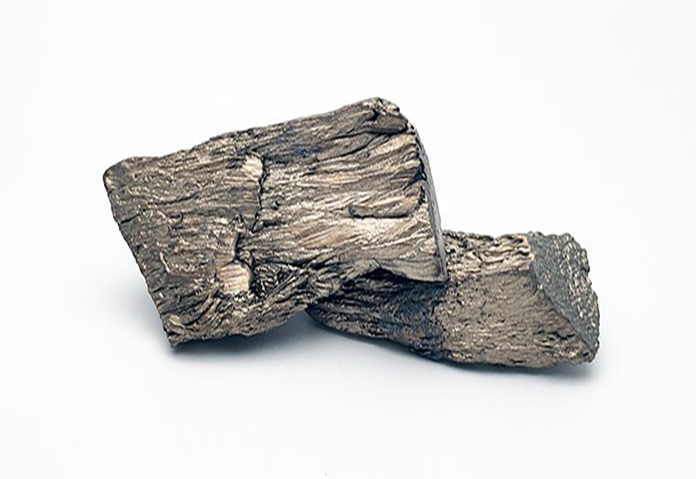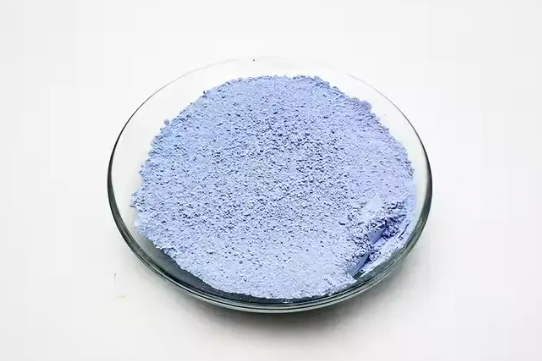Praseodymium, a rare earth element distinguished by its soft, silvery, malleable, and ductile nature, plays a pivotal role in modern technology and industry. This article delves into the multifaceted applications of praseodymium, highlighting its significant contributions across various sectors, including electronics, metallurgy, optics, and green energy solutions. With its unique physical and chemical properties, praseodymium has become an essential element in the development of new technologies and the enhancement of existing ones.

Discovered in 1885 by Austrian chemist Carl Auer von Welsbach, praseodymium is the 59th element on the periodic table, symbolized as "Pr". It is part of the lanthanide series, known for its rare earth properties. Praseodymium's distinct bright greenish-yellow color when exposed to air is due to the formation of praseodymium(III) oxide on its surface, which showcases one of its many unique properties.
One of the primary uses of praseodymium is in the creation of high-strength alloys used in aircraft engines. The addition of praseodymium to magnesium creates alloys that are lighter, stronger, and more resistant to high temperatures and corrosion. These alloys are critical in manufacturing components that require durability and reliability under extreme conditions.
Praseodymium finds extensive applications in the electronics industry, particularly in the manufacturing of precision optical glass. It is used to produce glasses that filter out yellow light, enhancing clarity and contrast. This property is invaluable in the production of camera lenses, binoculars, and professional-grade optical instruments. Moreover, praseodymium is utilized in the cores of carbon arc lights, which are used in the film industry for studio lighting and projector lights.
Praseodymium is a key component in the production of high-performance permanent magnets. When alloyed with neodymium, boron, and iron, praseodymium contributes to the creation of magnets that are exceptionally strong, durable, and resistant to demagnetization. These neodymium-praseodymium magnets are essential in various applications, including electric vehicle motors, wind turbines, computer hard drives, and headphones, offering efficiency and performance enhancements over traditional magnet materials.

The green energy sector benefits significantly from the use of praseodymium. It is integral in the development of new materials for hydrogen storage, which is crucial for fuel cell technology. Praseodymium-doped ceramics are being explored as potential electrolytes in solid oxide fuel cells, which promise cleaner, more efficient energy production. This application underscores praseodymium's role in advancing sustainable energy solutions.
Praseodymium oxide is utilized as a catalyst in various chemical reactions, including the cracking of hydrocarbons in petroleum refining. It aids in the conversion of crude oil into gasoline and other valuable products, improving efficiency and yield. Additionally, praseodymium catalysts are employed in the treatment of automotive exhaust gases, helping reduce harmful emissions and contributing to environmental protection.
The unique coloring properties of praseodymium are exploited in the glass and ceramics industry. It is used to impart a distinctive yellow-green hue to glasses and enamels, which is particularly popular in making decorative items, jewelry, and artistic glassware. This application not only highlights praseodymium's aesthetic contribution but also its versatility in industrial design.
Praseodymium's diverse applications across various industries demonstrate its critical importance in modern technology and sustainable development. From enhancing the performance of electronics and optical devices to contributing to green energy solutions and environmental protection, praseodymium plays an indispensable role. As technology advances, the demand for praseodymium is expected to rise, highlighting the need for continued research and development in the extraction, processing, and recycling of this valuable rare earth element. Praseodymium's contributions are set to expand, further embedding it in the fabric of technological innovation and environmental sustainability.
Stanford Materials Corporation, a premier supplier of rare earth elements, specializes in providing high-quality praseodymium for a wide range of applications, from advanced electronics to green energy solutions. Their expertise in sourcing praseodymium underscores their commitment to driving innovation in industries reliant on this versatile element.
Eric Loewen
Eric Loewen graduated from the University of Illinois studying applied chemistry. His educational background gives him a broad base from which to approach many topics. He has been working with topics about advanced materials for over 5 years at Stanford Materials Corporation (SMC). His main purpose in writing these articles is to provide a free, yet quality resource for readers. He welcomes feedback on typos, errors, or differences in opinion that readers come across.

 Inquiry List
Inquiry List


